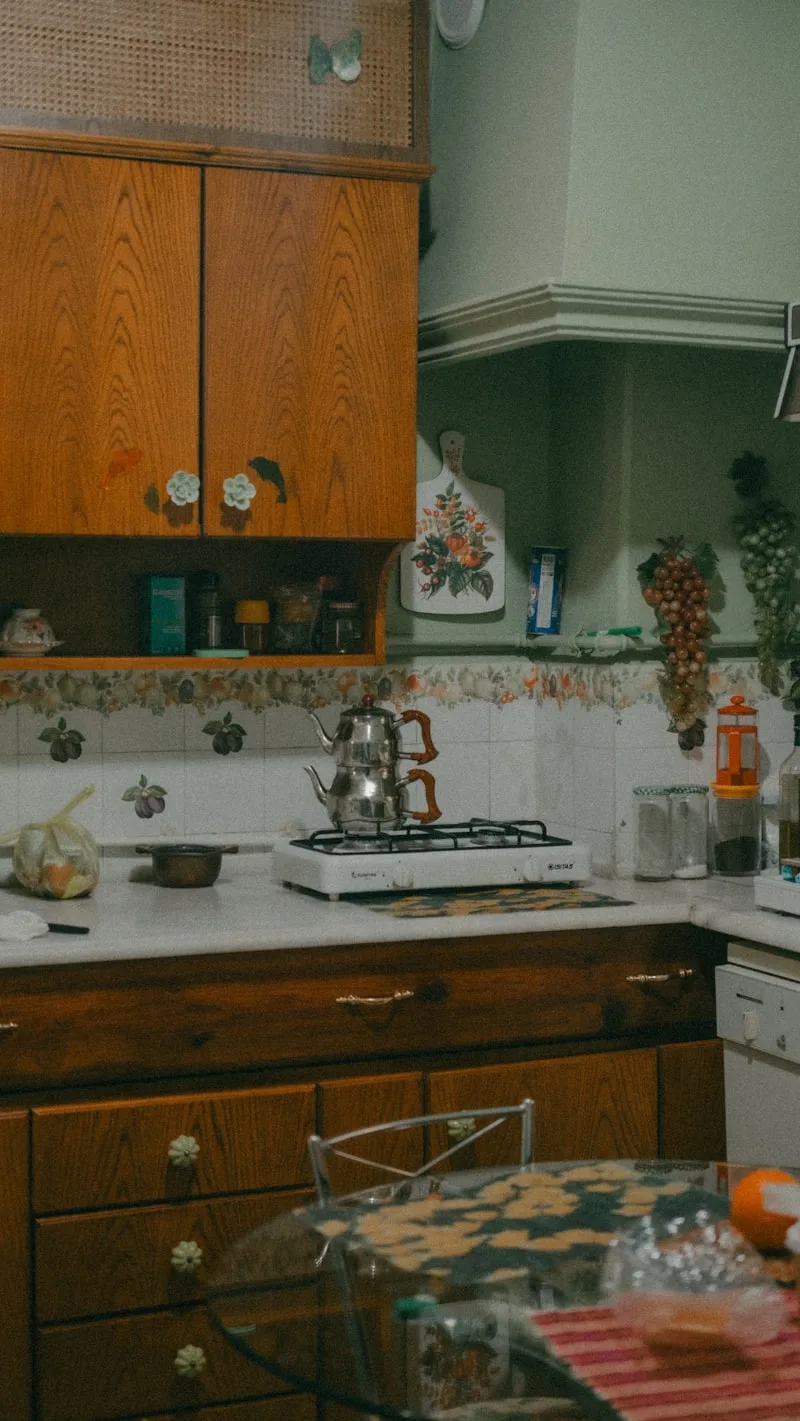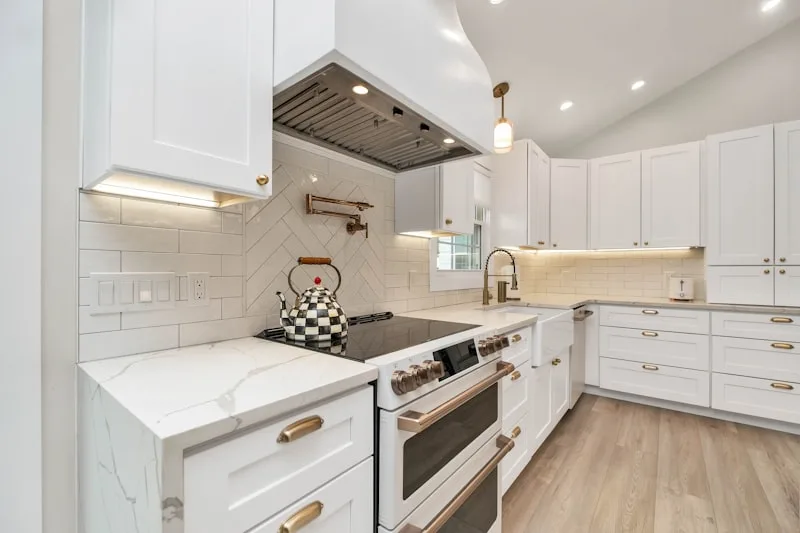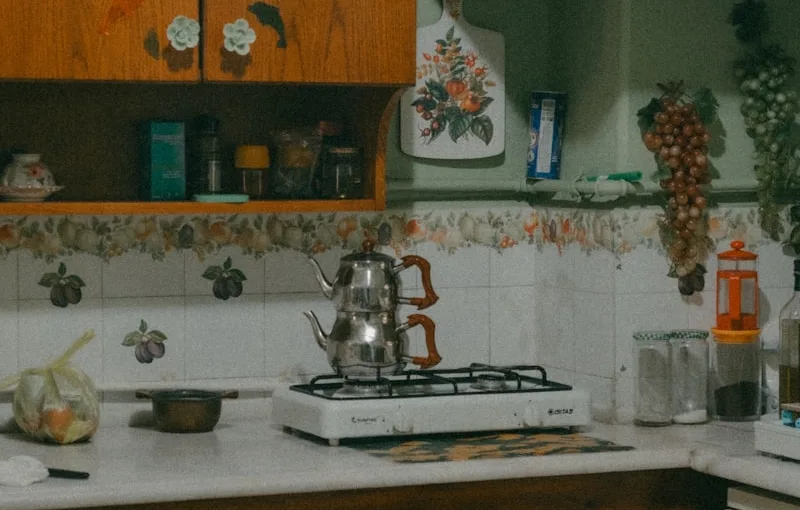First off, let’s talk about weight. Granite can weigh anywhere from 10 to 15 pounds per square foot. That’s like having a small dog lounging on your cabinets! If your cabinets are older, they might not have the same structural integrity as newer models. Think of your cabinets as the foundation of a house; if the foundation is shaky, the whole structure is at risk.
Now, how can you tell if your cabinets are ready for granite? Start by checking the material. Solid wood cabinets are usually sturdy enough to handle the load, while particleboard or laminate might struggle. Give them a little shake—if they wobble or creak, it’s a sign they might need some reinforcement.
Another thing to consider is the cabinet layout. If your cabinets are well-distributed and not overloaded with pots and pans, they’re more likely to support that beautiful slab of granite. It’s like balancing a heavy backpack; if you distribute the weight evenly, you’re less likely to topple over!
Lastly, don’t forget about professional help. Consulting with a contractor or a kitchen designer can provide you with peace of mind. They can assess your cabinets and give you the green light or suggest some reinforcements. After all, you want your kitchen to be both beautiful and safe!
Granite Countertops: Are Your Old Kitchen Cabinets Up to the Challenge?
Imagine this: you’ve just picked out the perfect granite—rich veining, deep colors, the whole nine yards. You can almost hear the compliments from your friends already! But wait, have you considered the weight? Granite is heavy, and if your cabinets are older than your last family vacation, they might not be able to handle the load. Think of your cabinets as the foundation of a house; if the foundation is shaky, the whole structure is at risk.
Now, let’s talk about style. If your cabinets are looking a bit tired or outdated, they might clash with the sleek, modern vibe of your new granite. It’s like wearing a vintage T-shirt with a designer jacket—it just doesn’t mesh well. You want your kitchen to feel cohesive, right? So, if your cabinets are showing signs of wear and tear, it might be time for a little facelift.
And don’t forget about functionality! Old cabinets can be a nightmare when it comes to storage and accessibility. If you’re struggling to find a place for your favorite pots and pans, adding heavy granite countertops might just make things worse. It’s like trying to fit a square peg in a round hole—frustrating and messy.
So, before you dive headfirst into that granite dream, take a good look at your cabinets. Are they ready to rise to the occasion, or is it time for an upgrade?
The Granite Dilemma: Can Your Aging Cabinets Handle the Weight?
Granite is undeniably beautiful and durable, but it’s also heavy—like, really heavy. A single slab can weigh anywhere from 150 to 200 pounds per square foot! So, if your cabinets are older than your favorite pair of jeans, they might not be up for the challenge. Imagine placing a massive boulder on a rickety old table; it’s bound to buckle under pressure.
Now, you might be wondering, “How do I know if my cabinets can handle it?” Well, first off, take a good look at their construction. Are they solid wood or particleboard? Solid wood cabinets are generally more robust and can support the weight better. If they’re looking a bit worn or sagging, it might be time for an upgrade.
Also, consider the installation process. A professional installer will assess your cabinets and ensure they’re reinforced properly. Think of it like building a strong foundation for a house; without it, everything else is at risk.

So, before you dive headfirst into that gorgeous granite dream, take a moment to evaluate your cabinets. After all, you wouldn’t want your beautiful new countertops to end up as a heavy burden on your kitchen’s structure, would you?
Old Cabinets, New Countertops: What You Need to Know About Granite Support
Imagine your cabinets as the sturdy foundation of a house. They need to be strong enough to hold up the weight of those gorgeous granite slabs. Granite is heavy—like, really heavy. So, if your cabinets are a bit worn or outdated, you might want to assess their strength. Think of it like trying to balance a giant cake on a flimsy plate; it’s just not going to end well!

Now, if your cabinets are solid and in good shape, you’re golden! But if they’re showing signs of wear and tear, it might be time for a little reinforcement. You could add some extra support brackets or even consider replacing them altogether. It’s like giving your kitchen a superhero upgrade!
Also, don’t forget about the installation process. It’s not just about slapping those countertops on top and calling it a day. Proper installation is key to ensuring that your granite doesn’t crack or chip over time. Hiring a professional can save you a lot of headaches down the road. Think of them as the skilled hands that will make sure everything fits just right.
So, as you dream about those sleek, shiny countertops, remember: the strength of your cabinets is just as important as the beauty of the granite. After all, a stunning countertop deserves a solid foundation!
Is Your Kitchen Ready for Granite? Assessing the Strength of Old Cabinets
First off, take a good look at the condition of your cabinets. Are they sagging or showing signs of wear and tear? Just like a tired old car, cabinets can only take so much before they start to break down. If you notice any cracks, warping, or water damage, it’s a red flag. You wouldn’t want to put a shiny new engine in a rusted-out vehicle, right?
Next, consider the material of your cabinets. Solid wood is a champ when it comes to supporting heavy countertops, while particleboard or laminate might not be up to the task. Imagine trying to balance a stack of books on a flimsy table; it’s just not going to work out well.
Also, check the cabinet structure. Are they properly anchored to the wall? If they’re just hanging out there, they might not be able to support the weight of granite, which can be around 10 to 15 pounds per square foot. That’s like adding a hefty friend to your dinner party—if your table isn’t sturdy, it’s going to wobble!
Lastly, don’t forget about the layout. If your cabinets are spaced too far apart or have awkward gaps, it might be time for a redesign. Think of it as rearranging furniture for a better flow; a little tweak can make a world of difference. So, before you dive into that granite dream, give your cabinets a thorough check-up!
Frequently Asked Questions
Do I Need to Reinforce My Cabinets for Granite Installation?
Granite countertops are heavy and require sturdy support. It’s essential to reinforce cabinets to ensure they can bear the weight of the granite without sagging or damage. Proper reinforcement helps maintain the integrity of both the cabinets and the countertop, ensuring a long-lasting installation.
What Are the Signs of Weak Cabinets Before Installing Granite?
Before installing granite countertops, check for signs of weak cabinets, such as sagging or uneven surfaces, visible cracks or damage, and doors that do not close properly. Ensure the cabinets are level and sturdy enough to support the weight of the granite. Inspect for water damage or mold, which can compromise structural integrity. Addressing these issues beforehand will help prevent future problems.
Can Old Kitchen Cabinets Hold a Granite Countertop?
Old kitchen cabinets can support a granite countertop if they are structurally sound and properly reinforced. It’s essential to assess the condition of the cabinets, ensuring they can bear the weight of the granite, which is typically heavy. If necessary, additional support may be added to ensure stability and prevent sagging.
How to Assess if My Cabinets Are Suitable for Granite?
To determine if your cabinets can support granite countertops, check their material, condition, and structure. Ensure they are made of sturdy materials like plywood or solid wood, free from damage or rot. Assess the cabinet’s weight capacity; granite is heavy, so cabinets should be reinforced if necessary. Additionally, confirm that the cabinets are level and properly anchored to the wall to prevent shifting under the weight of the granite.
What Factors Determine Cabinet Strength for Granite?
The strength of cabinets designed to support granite countertops is influenced by several key factors. These include the quality and thickness of the materials used in the cabinet construction, the design and structural integrity of the cabinet framework, the type of fasteners and joints employed, and the distribution of weight across the cabinet. Proper installation and support systems also play a crucial role in ensuring that the cabinets can safely hold the weight of granite without warping or collapsing.
